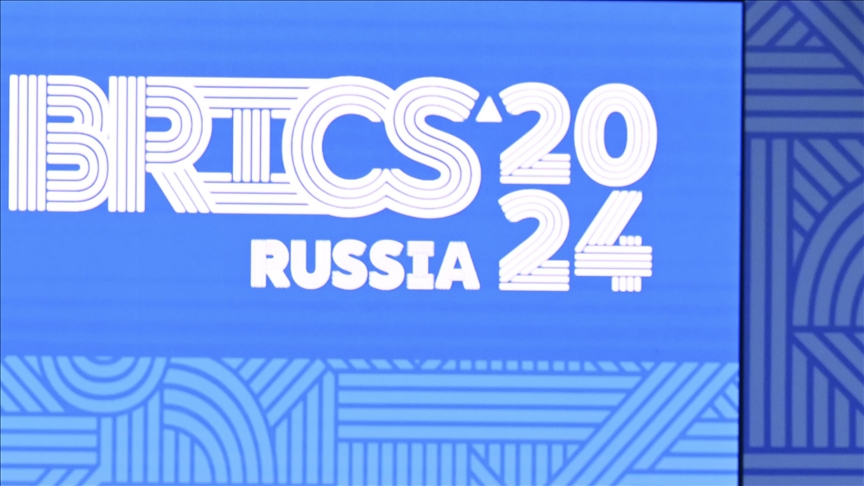32 countries, including 24 state leaders, to attend the summit, focusing on increasing intra-BRICS trade and expanding membership
Emre Gürkan Abay |17.10.2024 -

MOSCOW
The upcoming BRICS summit, set to be held on Oct. 22-24 in Kazan, Russia, will focus on key issues such as financing, technology, food trade, and expanding the union’s membership. Hosted in the semi-autonomous Russian Republic of Tatarstan, the event is expected to draw representatives from 32 countries, including 24 state leaders, according to the Kremlin.
Key attendees will include UN Secretary-General Antonio Guterres, Shanghai Cooperation Organization (SCO) Secretary-General Zhang Ming, and New Development Bank (NDB) President Dilma Rousseff, alongside officials from the Commonwealth of Independent States (CIS) and the Eurasian Economic Union.
BRICS, comprising Brazil, Russia, India, China, and South Africa, recently expanded to include Egypt, Ethiopia, Iran, and the United Arab Emirates (UAE). Russian President Vladimir Putin previously revealed that 34 additional countries have expressed interest in joining, including Türkiye.
Experts anticipate that the summit will place significant focus on BRICS expansion, with Russian officials noting the union’s adaptability and long-standing agenda of growth.
De-dollarization in trade and alternative payment systems
With Russia facing numerous sanctions from Western countries, BRICS nations are pushing to reduce reliance on the US dollar in trade. President Putin noted that, by 2023, the use of the US dollar and euro in Russia’s exports had halved, while the Russian ruble’s share in exports and imports surged to 40%.
Russia now conducts trade with China, India, Central Asia, and Africa in local currencies. The BRICS Bridge project, currently under development, aims to establish a multilateral digital payment platform to further reduce dollar dependence. The system is expected to incorporate blockchain technology and align with central bank digital currencies.
BRICS' Role in the Global Economy
Initially coined as "BRIC" by British economist Jim O’Neill, the acronym represented the growth potential of Brazil, Russia, India, and China. It was later expanded to include South Africa, becoming BRICS.
Since its formal establishment in 2009, BRICS has sought to counterbalance the global dominance of the US and Western powers. With the addition of four new members this year, the union now comprises nine countries, holding an increasingly significant role in the global economy.
BRICS nations account for approximately 30% of the world’s land area, 45% of the global population, and 45% of global oil production. Together, they facilitate about a quarter of the world’s trade.
*Writing by Emir Yildirim in Istanbul
No comments:
Post a Comment